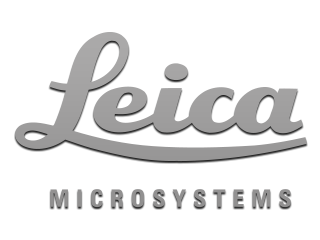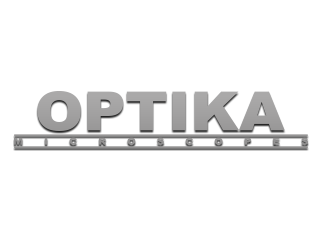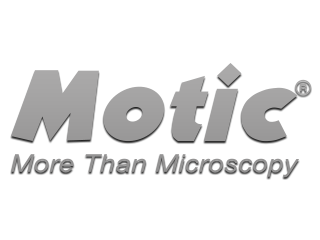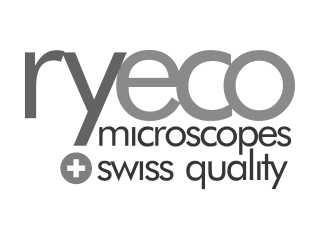Dental microscopy and ergonomics
A Dental microscope or operating microscope is an optical microscope specifically designed to be used in a surgical setting, typically to perform microsurgery. Design features of an operating microscope are: magnification typically in the range from 4x-40x, components that are easy to sterilize or disinfect in order to ensure cross-infection control. There is often a prism that allows splitting of the light beam in order that assistants may also visualize the procedure over a monitor and with a Full HD camera or to allow photography or video to be taken of the operating field.
An example of a procedure which commonly uses an operating microscope would be endodontic retreatment, where the magnification provided by the operating microscope improves visualisation of the anatomy present leading to better outcomes for the patient. It has been suggested that the well-focused illumination and magnification should be part of a standard of care in endodontic therapy. However , a Cochrane review found insufficient evidence to determine if the use of magnification devices has more advantage or positively affecting the outcome of the dental procedure. Another example might be an anastomosis procedure carried out to join blood vessels in vascular surgery.
Typically an operating microscope might cost several thousand dollars for a basic model, more advanced models may be much more expensive. Additionally specialized microsurgical instruments may be required to make full use of the improved vision the microscope affords. It can take time to master use of an operating microscope. Fields of medicine that make significant use of the operating microscope include Plastic Surgery, dentistry (especially endodontics), ENT surgery, ophthalmic surgery, and neurosurgery.
Ergonomie wird wichtiger: Körperliche Belastungen
-
Excessive physical strain is one of the most common causes of musculoskeletal complaints.
-
According to estimates, such complaints account for a third of all employee absences.
-
Ergonomically designed workstations and work processes enable efficient, safe and stress-free working.
-
Workplaces that can be adapted to the individual and the task are the best prevention against work-related physical illnesses.
The employer must ensure that workplaces are reasonable. -
Ergonomic workplaces and processes are a prerequisite for the well-being of people in the company. However, ergonomics also brings economic benefits.
Ergonomic workstations and processes are a prerequisite for the well-being of people in the company. However, ergonomics also brings economic benefits.
This is because human-centred work design increases employee motivation and performance. They tire less quickly, are more attentive, make fewer mistakes and can work more efficiently. When applied correctly
ergonomics makes a significant contribution to increasing productivity and business results. Occupational health studies have shown that workstations with optical aids put strain on the spine, shoulders and eyes in particular and can cause health problems. Compared to the much-discussed VDU workstations, microscope workstations place much greater demands on employees.
Countless occupational health studies around the world have proven this: If ergonomics is applied to the workplace on a scientific basis, this not only has a direct impact on the general well-being of employees, but also on their performance and therefore also on the business results.
health risks can be reduced, namely through
- good ergonomics of the equipment
- optimal ergonomics of the workplace
- varied work processes
- regular rest breaks
- adequate staff qualifications
- training for users
- problem-conscious behaviour of the user.














